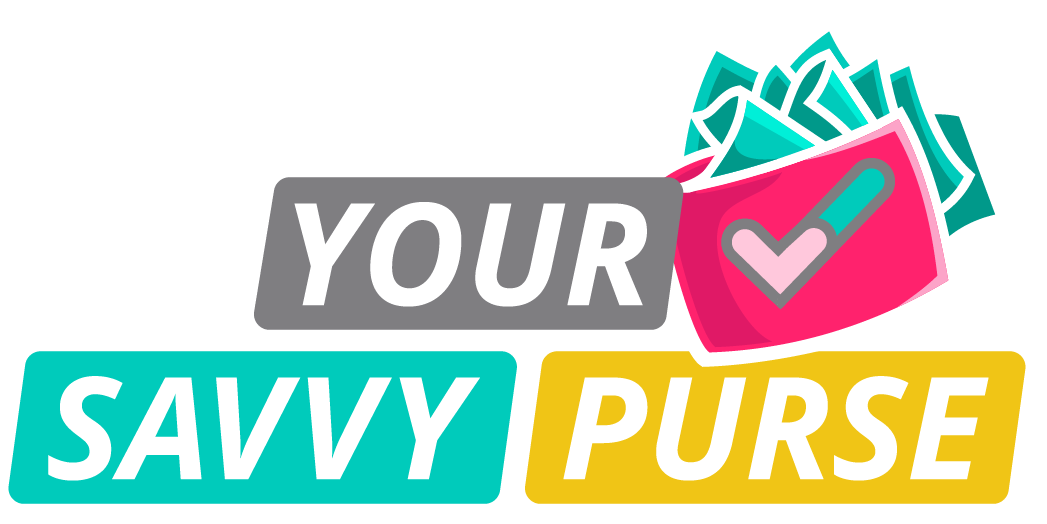We’re letting you know that this post contains sponsored links which Your Savvy Purse receives compensation for, which may impact their order of appearance.
Will We Get $5000 from DOGE Savings? Here’s What They’re Saying
As government departments continuously strive to improve operations and save taxpayer money, one question often arises: Will we see tangible savings from government efficiency programs? The Department of Government Efficiency (DOGE) has been making strides in streamlining processes, cutting unnecessary costs, and improving overall public sector efficiency. With promises of significant savings, one of the big questions people are asking is whether these efforts could translate into a substantial return for taxpayers—such as $5000 in savings for each household or business.
So, what’s the real story? Will the changes being pushed by DOGE lead to a windfall for taxpayers? Here’s a breakdown of what experts and government officials are saying.
What Is DOGE’s Role?
The Department of Government Efficiency (DOGE) was created to promote fiscal responsibility within government agencies. Its mandate is clear: reduce waste, streamline processes, and create a more efficient and accountable government. By improving everything from procurement processes to service delivery, DOGE aims to help save taxpayer money and make the government work better for the people.
Through its efforts, DOGE seeks to identify inefficiencies, eliminate redundancy, and cut down on excessive spending. The ultimate goal is to reallocate those savings to areas where it can benefit citizens the most—whether through infrastructure improvements, enhanced public services, or tax relief.
How Can DOGE Save Us $5000?
The idea of saving $5000 might sound like a lot, but it’s important to understand how DOGE could potentially create those savings. With the vast amounts of public funds allocated to government projects, even a small percentage of savings could add up quickly.
- Efficiency in Government Spending: DOGE is working to reduce wasteful spending by improving the procurement process, eliminating redundancies, and optimizing resource allocation. If these changes are successfully implemented on a large scale, they could free up billions of dollars, which might be passed back to the public in the form of reduced taxes or reinvested in important programs.
- Reduction of Bureaucratic Costs: Streamlining government operations and cutting unnecessary layers of bureaucracy can help save substantial amounts of money. These savings could be redirected into public programs or used to reduce costs for citizens, potentially leading to long-term financial relief.
- Digital Transformation: By modernizing government systems and embracing technology, DOGE aims to improve the way services are delivered. Digital tools and automation can save time and reduce the need for manual labor, allowing funds to be redirected toward better services and programs.
Is $5000 Realistic?
While the idea of a $5000 windfall from government efficiency sounds appealing, it’s essential to temper expectations. The amount of savings realized depends on several factors, including the scope of DOGE’s initiatives, how quickly they can be implemented, and how effectively cost-cutting measures are enacted across different levels of government.
Some experts argue that while large-scale government savings are possible, it would take time for those savings to translate directly into individual benefits. A reduction in taxes or the direct allocation of savings to citizens could take a few years, depending on the success of DOGE’s strategies and how quickly reforms are adopted.
What Are Government Officials Saying?
Government officials and advocates for DOGE have expressed optimism about the potential savings. They emphasize that many of the changes being made are long-term investments in better governance and efficiency, which will ultimately benefit taxpayers.
- Optimistic View: Some officials believe that the cumulative savings from DOGE’s work could be significant enough to impact households directly. They point to successful initiatives in other sectors and governments where efficiency programs have led to improved services and cost savings. These advocates argue that streamlining processes at the federal, state, and local levels could eventually lead to savings that benefit citizens through tax breaks or more efficient services.
- Skeptical View: On the flip side, some critics caution that implementing efficiency programs in such a vast and complex system can be challenging. While the goals are admirable, there’s always a risk that savings won’t be as substantial as expected, or that they’ll be delayed. Furthermore, structural changes within government agencies can take years, and the ultimate benefit to taxpayers may be incremental rather than dramatic.
Can We Expect Immediate Results?
As with any government program, the effects of DOGE’s efficiency reforms are unlikely to be felt overnight. It takes time for new processes to be put into place, and results often emerge gradually. However, the foundation being laid today could lead to more sustainable and long-term savings down the road.
As citizens, it’s crucial to stay informed about how DOGE initiatives are progressing and hold the department accountable for its goals. While immediate savings of $5000 might not be realistic for everyone, every step toward more efficient government operations can help create a stronger, more financially stable future.
Final Thoughts
The question of whether we’ll see $5000 in savings from the Department of Government Efficiency (DOGE) is a valid one, but it’s important to recognize that these savings may take time to materialize. While it’s unlikely that individuals will receive a $5000 check from the government anytime soon, there is potential for significant cost reductions and improvements to public services.
The bottom line: DOGE’s efforts could help pave the way for a more efficient, cost-effective government. Whether or not this translates to a direct financial benefit for each taxpayer depends on the scale and success of these reforms—but the promise of a more streamlined, responsive government is something that could benefit everyone in the long run.



